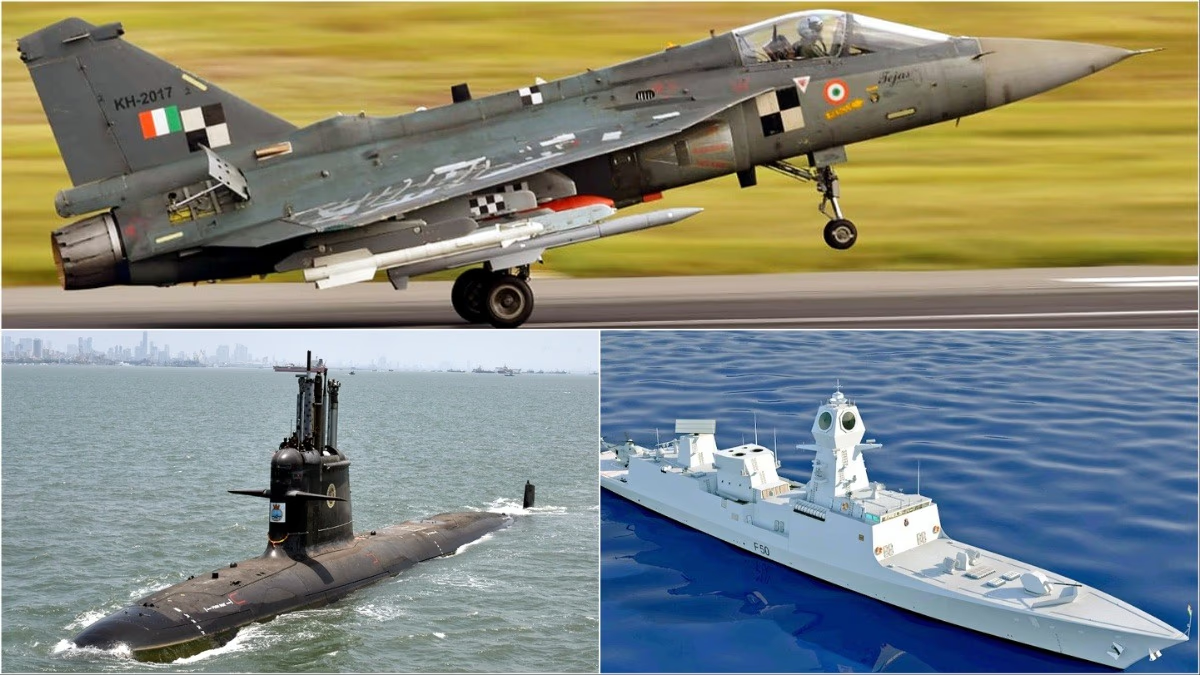India is rapidly strengthening its defense capabilities through indigenous and advanced technologies. In recent years, the Indian Armed Forces have taken significant steps towards incorporating several vital weapon systems. These include state-of-the-art weapons such as the Tejas Mk1A fighter jet, Project 17 Bravo warship, INS Vagsheer hunter-killer submarine, and Rafale-M.
These systems will not only enhance India's combat capabilities but also promote indigenous defense production and self-reliance. Although projects like the Tejas Mk1A face delays and supply chain challenges, the government and defense industry are actively addressing these issues.
The new weaponry will position India as a strong and autonomous military power amid increasing geopolitical tensions and regional challenges in the Indian Ocean region. In years to come, these systems will enable the Indian military to be effective in both defensive and offensive strategies.
1. Tejas Mk1A Fighter Jet: New Strength of Indigenous Combat Aircraft
The Tejas Mk1A is an indigenously developed light combat aircraft (LCA) by Hindustan Aeronautics Limited (HAL) for the Indian Air Force (IAF). It is an advanced version of the Tejas Mk1, embedding numerous modern technologies and improvements. As a 4.5 generation multi-role fighter jet, it is capable of conducting both air-to-air and air-to-ground missions.
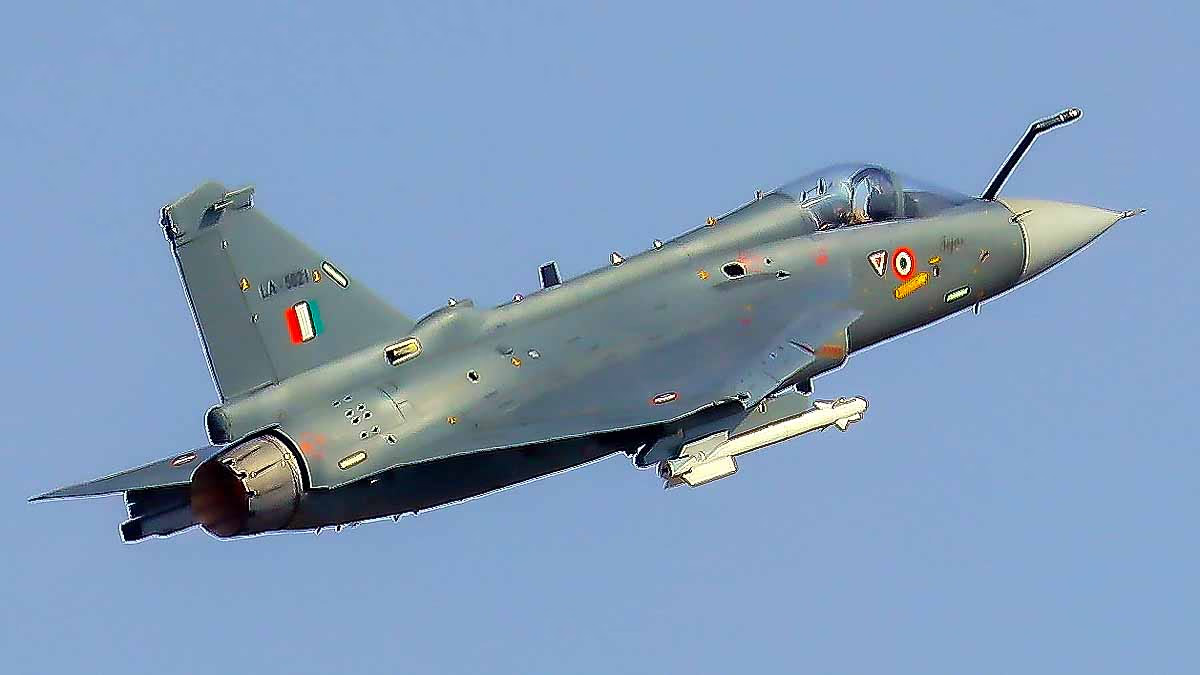
Source: aajtak
Key Features
AESA Radar:
Active Electronically Scanned Array (AESA) radar capable of tracking enemy aircraft and targets over long distances.
Electronic Warfare System:
An advanced electronic warfare system capable of jamming enemy radar and missiles.
Armament Capacity:
The Tejas Mk1A can carry indigenous Astra Mk1 BVR (Beyond Visual Range) missiles, Derby, Python missiles, precision-guided bombs, and rockets.
Mid-Air Refueling:
Capability to refuel in the air, enhancing its range and mission duration.
Development and Challenges
Order and Delivery:
The Indian Air Force has signed a 48,000 crore INR deal for 83 Tejas Mk1A aircraft, initially set for delivery starting March 2024, but now delayed to 2025-26 due to GE engine supply issues.
HAL is expanding production capacity in Bengaluru and Nashik to 24 aircraft per year. Recently, private sector company Alpha Tocol Engineering Services delivered the first rear fuselage for Tejas Mk1A to HAL, marking a significant step in indigenous defense production.
Future Plans
HAL expects an order for 97 more Tejas Mk1A aircraft, totaling 180. An 80% technology transfer agreement for GE-414 engines for the Tejas Mk2 has been made, which will also be beneficial for future AMCA (Advanced Medium Combat Aircraft).
2. Project 17 Bravo Warship: New Strength for the Navy
Project 17 Bravo is an essential project for next-generation stealth frigates for the Indian Navy. It is an advanced version of Project 17A (Nilgiri-class) frigates, which will incorporate more advanced weapon systems and stealth technology. These warships are being built by Mazagon Dock Shipbuilders Limited (MDL) and Garden Reach Shipbuilders & Engineers (GRSE).
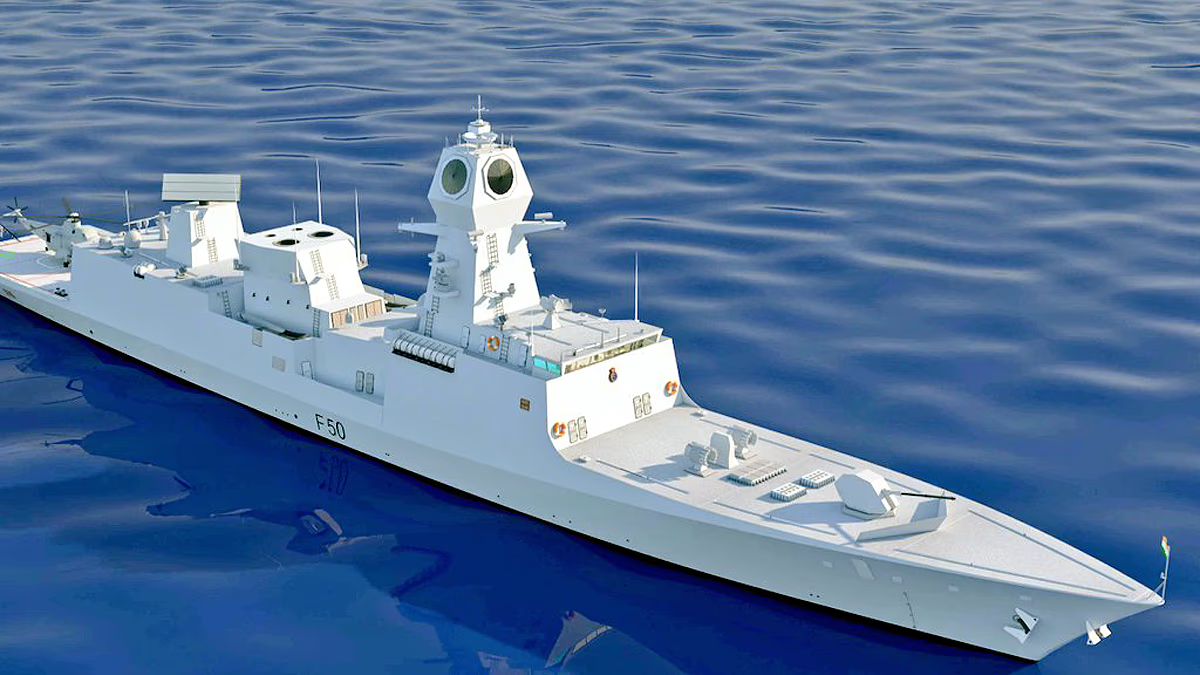
Source: aajtak
Key Features
Stealth Design:
Advanced design to reduce radar cross-section, helping it evade enemy radar.
Weapon Systems:
Includes BrahMos supersonic cruise missiles, Barak-8 surface-to-air missiles, anti-submarine rocket launchers, and torpedo systems.
Advanced Sensors:
Multi-function radar and sonar systems capable of tracking marine and aerial threats.
Indigenous Technology:
Project 17 Bravo will use over 70% indigenous materials, promoting the goal of a self-reliant India.
Under Project 17A, seven Nilgiri-class frigates are being constructed, with INS Nilgiri commissioned in January 2025. Project 17 Bravo is considered more advanced, with design and development work already underway. These warships will be crucial in countering increasing Chinese naval activities in the Indian Ocean region.
3. INS Vagsheer: Hunter-Killer Submarine
INS Vagsheer is the sixth and final submarine of the Indian Navy's Kalvari-class (Scorpene-class) submarines, constructed by Mazagon Dock Shipbuilders Limited (MDL) in collaboration with France's Naval Group. It was commissioned into the Navy on January 15, 2025. Known for its stealth and attack capabilities, this diesel-electric hunter-killer submarine plays a crucial role in strengthening India's submarine fleet.
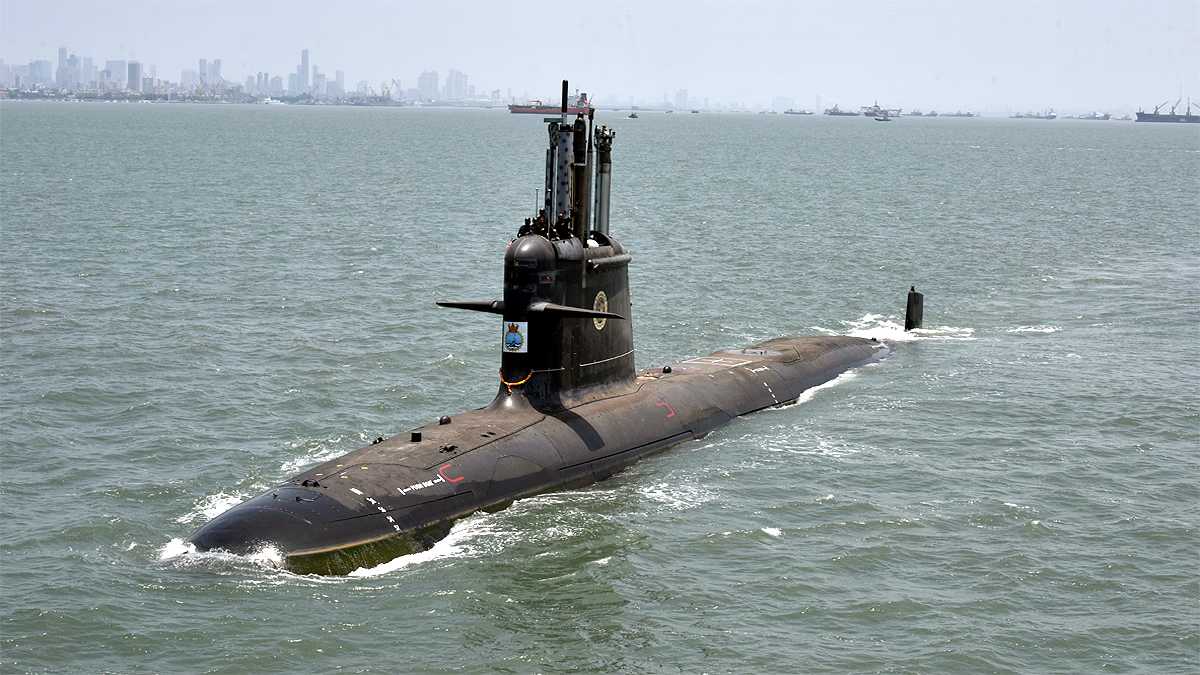
Source: aajtak
Key Features
Stealth Technology:
Low noise levels and radar-resistant design to evade enemy sonar.
Weaponry:
Capable of carrying torpedoes, anti-ship missiles (such as SM-39 Exocet), and mines.
Advanced Sensors:
Enhanced sonar and periscope systems, capable of tracking deep-sea targets.
Operational Range:
Suitable for long-range missions, ideal for Indian Ocean patrols.
INS Vagsheer's commissioning completes the Kalvari-class project, bolstering India's submarine fleet. It plays a crucial role in countering the rising presence of the Chinese navy and other maritime threats. Under Project 75I, India plans to construct more advanced submarines featuring air-independent propulsion (AIP) technology.
4. Rafale-M: Game-Changer for the Navy
Rafale-M (Marine), manufactured by France's Dassault Aviation, is a multi-role fighter jet designed for the Indian Navy's aircraft carriers INS Vikrant and INS Vikramaditya. As a naval version of the Rafale jet, it is specifically designed for operations from aircraft carriers.
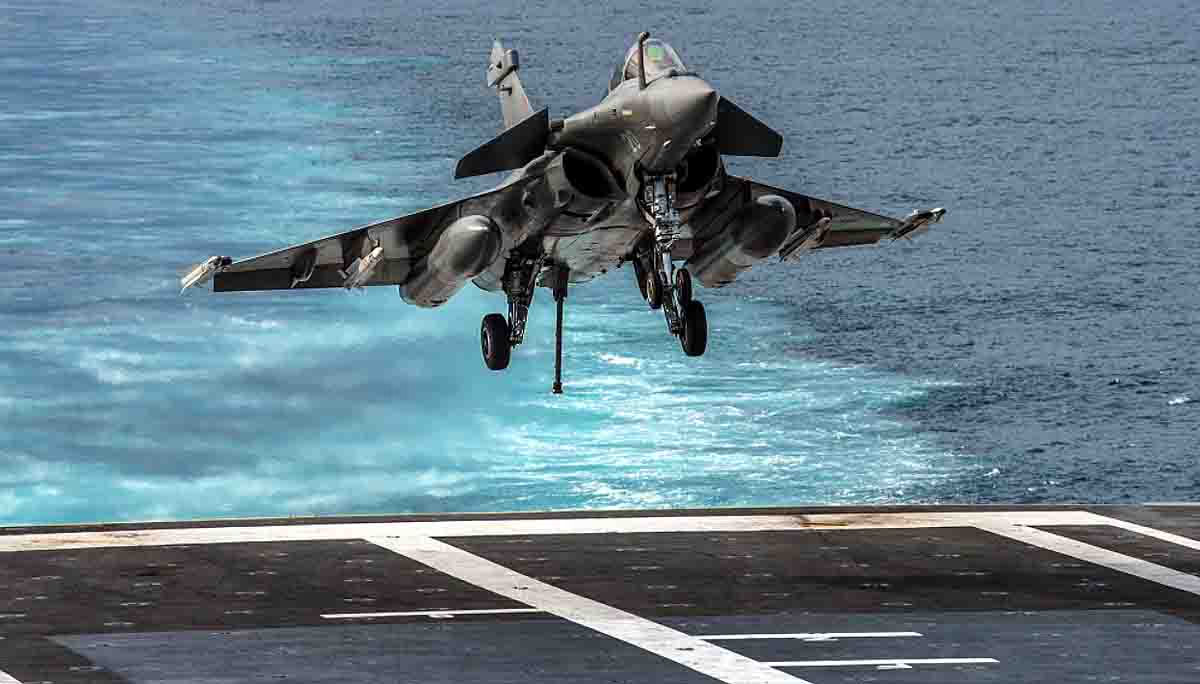
Source: aajtak
Key Features
Multi-role Capability:
Capable of missions including air-to-air, air-to-ground, and air-to-sea.
Weaponry:
Equipped with Meteor BVR missiles, SCALP cruise missiles, anti-ship missiles, and precision-guided bombs.
Advanced Sensors:
Incorporates AESA radar, infrared search and track (IRST) systems, and electronic warfare suites.
Carrier Operations:
Features robust landing gear and a tail hook for suitable takeoff and landing from carrier decks.
The Indian Navy has favored Rafale-M over the American F/A-18 Super Hornet after competitive evaluations. The deal for 26 Rafale-M jets includes a proposal for manufacturing M-88 engines in India, boosting the Navy's aerial strength, particularly replacing older MiG-29K jets.
